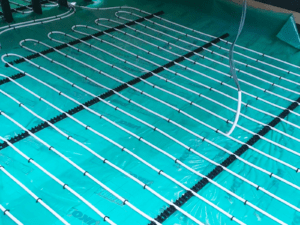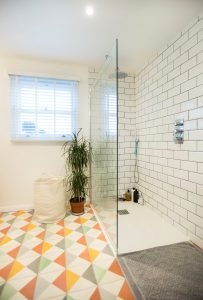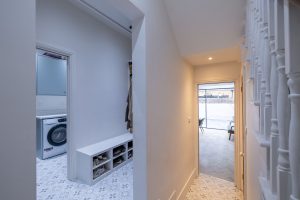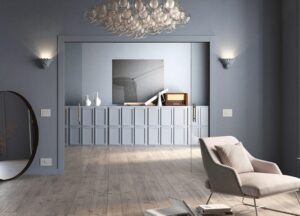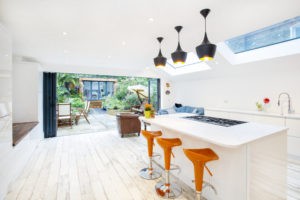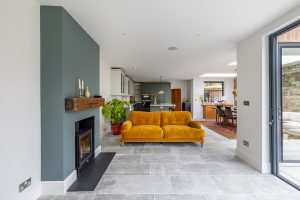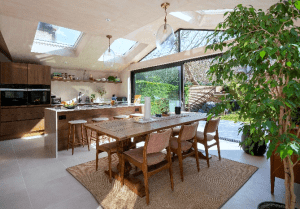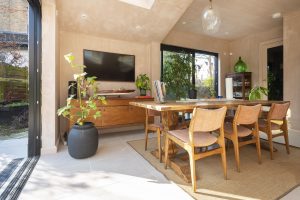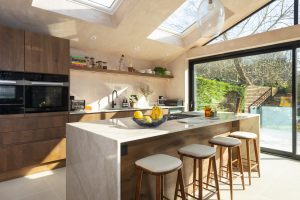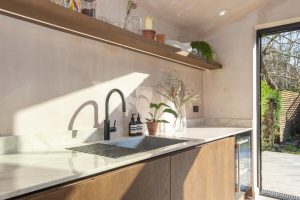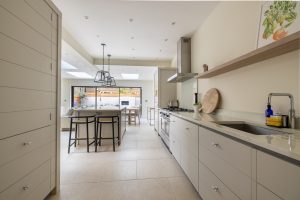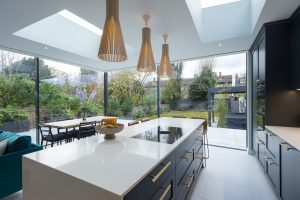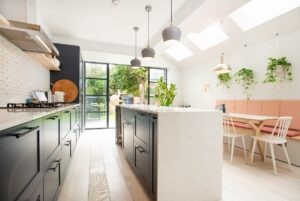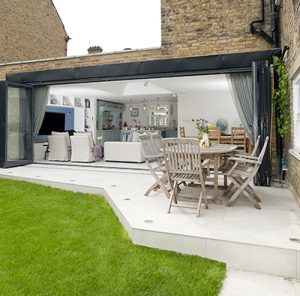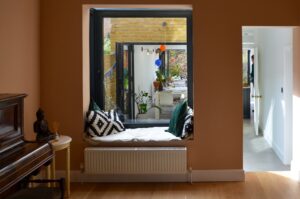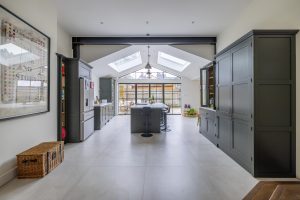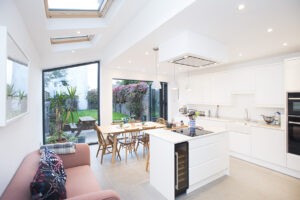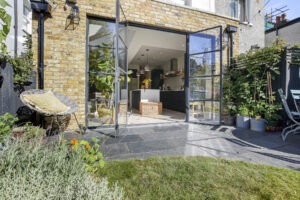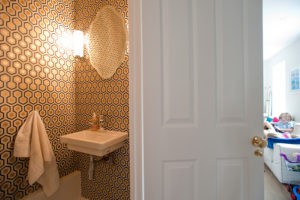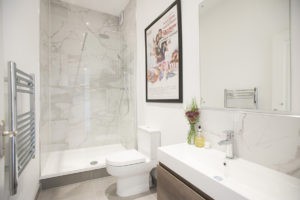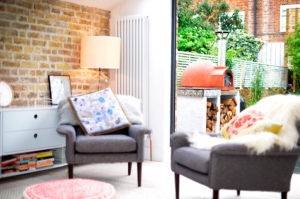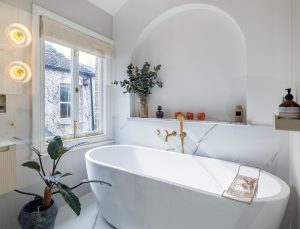A side return extension is more than a way to gain valuable square footage- it is the opportunity to future-proof your home. At some point, your growing family will need more space and adding a side return extension is the perfect way to solve the problem without moving. Rising housing costs and space constraints in UK cities are the main reasons to side return extensions remain popular and of course they represent an easier, cheaper way to gain a larger house.
As sustainability goals, hybrid working, and cost-efficiency drive homeowner decisions, the best extensions now reflect the need for flexible, energy-efficient, and tech-integrated design.
Here we explore fresh ideas for transforming your side return into a purposeful, high-performing space aligned with modern living. From smart kitchens to wellness-focused offices, these design ideas will help you create a stylish and sustainable extension that suits your life and will do so for many years to come.
So what is a side return?
Side returns are typically underused pathways or narrow strips adjacent to the house, that are usually used for access to the back garden. With some clever design, this unused space can be transformed into a valuable extension of your home. So, whether you’re looking for more living space, an open-plan kitchen, home office or children’s playroom, a side return extension could be the perfect solution.
What types of property benefit from a side return extension?
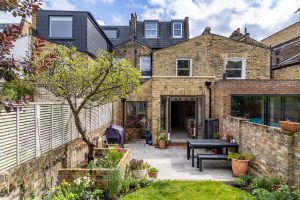
A side return extension can be build on many types of houses. However, this extension best suits Victorian and Edwardian terraced or semi-detached properties with ground running beside the original building. Careful design and construction can also enable the addition of a side return extension to detached houses.
This extension style can increase the property’s square footage without sacrificing much outdoor space, a big concern for many homeowners. Side return extensions are helpful in creating an open-plan living space or a larger kitchen. With this style of extension, you can expand your living area whilst also increasing the value of your home.
Before designing, consider how your extension can best be used in your daily life. We’ve grouped these ideas into key functional categories to help you decide what best suits your needs and will enhance your lifestyle.
Open-Plan (or Broken-Plan) Kitchen & Dining

The kitchen remains the heart of the home, and open-plan layouts are evolving into more focused broken-plan spaces. These designs maintain openness whilst subtly defining zoned areas with the clever use of shelving units, screens, or changes in floor level.
If you are planning a new extension in 2025 the following are all important – not only to comply with current legislation, but also to ensure that the extension will be increase the value of your property, when you come to sell.
- Energy-Saving: Incorporate induction hobs, A++ rated appliances and smart extraction systems to keep efficiency high.
- Eco-Materials: Incorporate low-embodied carbon options in the design, such as recycled glass worktops, bamboo cabinetry and FSC-certified timber.
- Lighting: Maximise the use of natural light with solar orientation strategies and combine this with smart lighting systems that adjust to time of day and the amount of light needed.
Indoor-Outdoor Dining
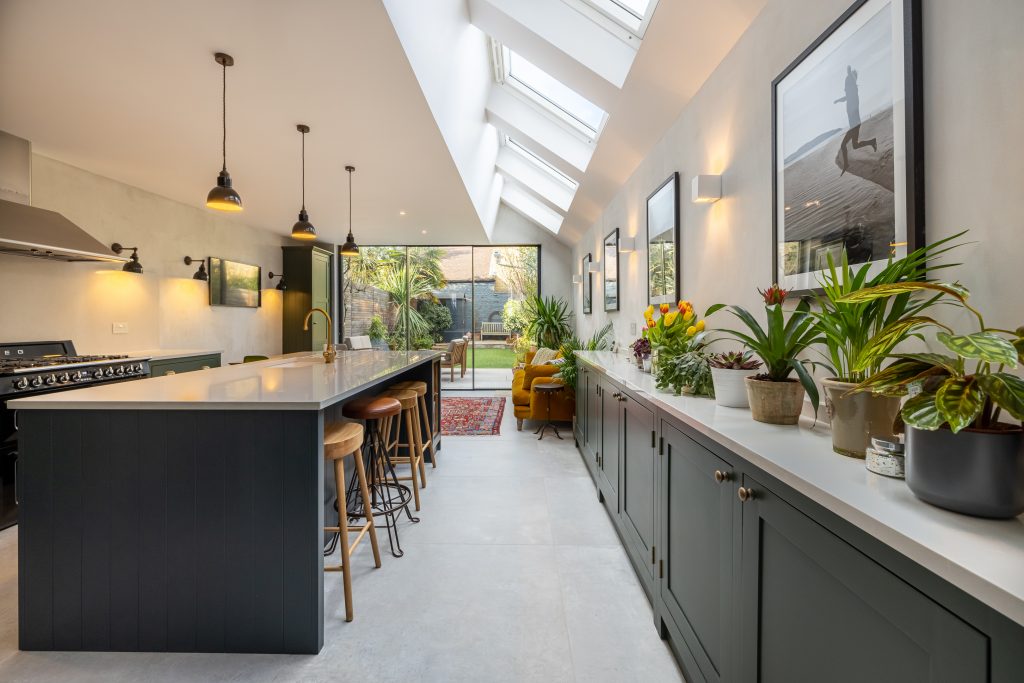
It continues to be a popular design idea to blur the line between inside and outside. By installing large sliding doors that connect the indoor and outdoor spaces, homeowners can create a seamless transition between the two areas, making it perfect for summer evenings and outdoor entertaining.
In addition, a large dining table, comfortable seating, and mood lighting can generate a warm, cosy atmosphere for dinner parties and family gatherings. Installing a large window or skylight above the indoor space helps to maximise natural light and create a bright and inviting ambiance.
To create the ideal space, careful consideration is needed of the following points-
- All-Weather Design: Include climate-resilient glazing, retractable awnings and/ or external heating to maximise on year-round use.
- Smart Controls: Link smart blinds, lighting, and audio systems to your garden or patio for seamless ambiance control.
Practical Additions
1. Utility Room & Boot Room
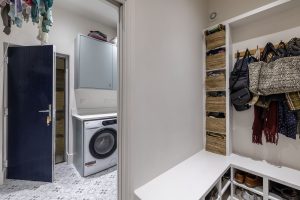
In 2025, not many houses have spaces to hide the laundry that have been designed with sustainability, storage, and multifunctionality in mind.
A side return extension can make the ideal utility room. This space can be used to house a washing machine, dryer plus many other household appliances. It will provide a separate functional and organised space for laundry and storage – as well as plenty of additional storage space.
Incorporating a boot room is a clever idea – particularly if you have pets. It provides a functional space to store outdoor gear including shoes, boots and coats. A big plus factor is that it will keep them tidy and concealed.
If you plan to create a utility and boot room, there are a few important points to consider at the design stage:
- Durable & easy-clean: Ensure the space will be easy to clean by using hardwood flooring or tiles and wipe clean cupboards and shelving.
- Sustainable Specs: Use low-VOC paints, reclaimed tiles, or recycled plastic flooring.
- Smart Laundry: Install high-efficiency washer/dryers with smart water and energy monitoring.
2. Home Office or Reading Nook
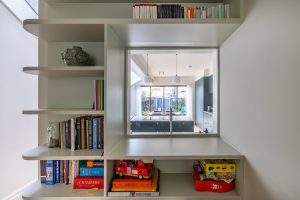
Hybrid working remains the norm in 2025, so creating a dedicated, comfortable workspace in your new extension will make a valuable addition to your home.
Natural light will be important so incorporating large windows and skylights in the design will maximise on light. Soundproofing or acoustic panels to the walls and ceiling will help create a quieter and more focused environment for those who work from home.
Custom-built shelving and storage provide ample space for books and work materials. Smart tech can be incorporated by adding ergonomic furniture, adjustable lighting, and cable-free charging stations.
A dual-purpose space is the ideal solution for homeowners who need to use the area for both work and relaxation. A reading nook can be created by adding a comfortable sofa or window seat. Soft lighting provides a comfortable and relaxing ambiance for reading and enjoying some quiet time.
3. Family Spaces – Playroom or Media Room
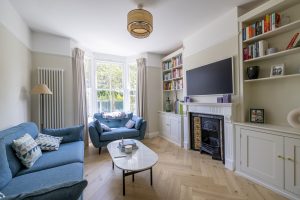
A side return extension makes a great dedicated playroom for families with young children, providing a safe and organised area for kids to play and be creative. Built-in storage can also provide additional functionality and help keep the space clutter-free.
Ensure that the space offers flexibility so that it can evolve alongside growing children and can be easily repurposed into a media room. This is perfect for older children to relax and unwind after a long day of school or for the family to come together for a movie. It will also prove to be a cosy and inviting space for movie nights or gaming sessions with friends.
- Modular Furniture: Such as moveable sofas, soft dividers, or fold-out desks that can be easily reconfigured for dynamic use of the space.
- Tech for the Future: Include ultra-short-throw projectors, integrated smart speakers and built-in console docks as these are found in all modern media rooms.
- Plan ahead: Use sound-absorbing panels and padded wall finishes to give your extension plenty of adaptability.
Design & Compliance Considerations in 2025
Any new extension in 2025 must meet stringent energy efficiency standards under the Future Homes Standard. This includes improved insulation, air-tightness, and energy-conscious heating and ventilation. Passive design principles that maximise light, cross-ventilation and seasonal shading are all encouraged.
When you are planning your new side return extension, it is important to ensure that it is both solar- and heat pump-ready – even if you cannot afford to install these straight away.
Use Value Uplift Tools
When you begin to plan your extension, you will want to know how much value your extension could add. Use a ROI estimator tools from online platforms such as Rightmove, Zoopla, or ask a qualified surveyor for their opinion.
Have your property’s Energy Performance Certificate (EPC) evaluated as a better EPC rating can increase both value and mortgage appeal.
Consider Smart Home Integration
In 2025, tech is part of the blueprint. From security to lighting, using smart features in your new extension will make it more functional and future-proof. Clever ways to incorporate smart tech include –
- Adding app-controlled underfloor heating, lighting zones, or occupancy sensors.
- Centralising control using platforms such as Google Nest, Apple HomeKit, or Samsung SmartThings.
Use Biophilic and Natural Finishes
Natural textures and eco-conscious design remain key trends in 2025. Timber cladding, lime-washed walls, natural stone features, integrated planters and green walls are popular ways bring nature indoors and this has been proven to enhance the sense of to enhance wellbeing.
Summary
In 2025, a side return extension is about much more than making use of space. It is about aligning the space in your home with your lifestyle, values and future needs.
Whether you are aiming for space for a growing family, a bigger and more versatile kitchen, or a peaceful sanctuary to work and relax, a carefully designed side return extension is the smart addition to your home.
If you would like to know more about how you can plan a side return extension for your property and the steps involved, why not contact Build Team today? We can advise you on every aspect.


